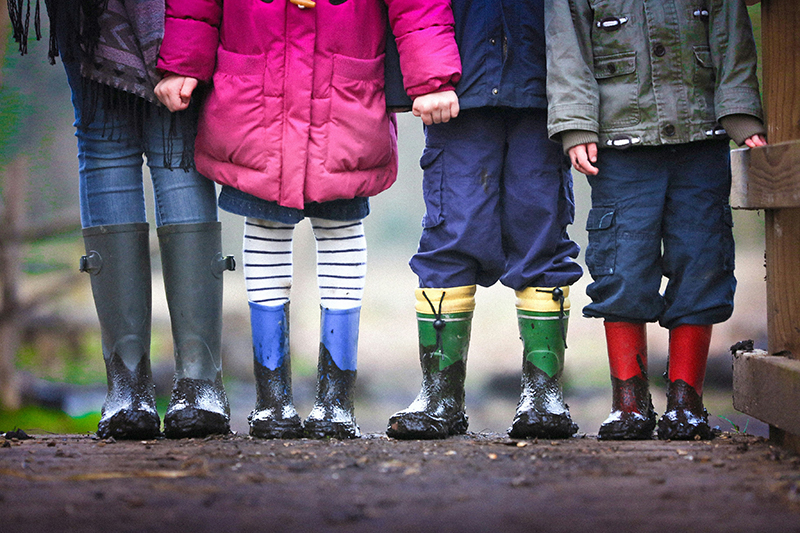Life expectancy gap: People living in the most deprived areas in Sheffield die 10 years earlier than those living in the least deprived areas.
Impact
Making Sheffield fairer and healthier really matters, so we need to make sure what we’re doing is working
We’re planning to listen to people living in Sheffield and people from different organisations across Sheffield to work out how to measure the right things. This way, we can see if things are getting better or not and know where to focus our efforts.
In the meantime, we have some indicators for each of the eight building blocks that can show us how things are changing.

Overarching indicators
1. Tackle racism and discrimination
We have not been able to identify a set of indicators that can be used to meaningfully monitor progress in this building block. This is something the Board will work on with the Race Equality Partnership for Sheffield.
2. Give every child the best start in life
Poverty: In Tinsley and Carbrook 53% of children live in absolute low-income households. This is compared to just 2.5% in Endcliffe and Ranmoor.
Oral Health: 30.8% of five-year-olds in Sheffield have experience of visibly obvious dental decay. Tooth decay is significantly higher amongst the more deprived and non-white ethnic groups.
Adverse Childhood Experience (ACE): ACEs are closely linked with poverty and deprivation in Sheffield
3. Enable everyone to fulfil their potential and have control over their lives
Education, skills and training: There are significant differences in education, skills and training among children and adults, based on where in Sheffield people live and social and economic factors.
4. Create good work for all
Access to jobs: In Sheffield there is considerable inequality in access to jobs, for example in Firth Park, more than 1 in 4 people are unable to find work whilst in Dore and Whirlow fewer than 1 in 20 people experience this.
5. Ensure a healthy standard of living for all
Multiple long term conditions: there is a 10-15 yr difference in onset of multiple long term conditions between people living in the most and least deprived areas. There are 23% more people living with multiple long term conditions in the most deprived areas.
6. Develop healthy places and communities
Community Need: There is large variation in community need in Sheffield. Endcliffe is an area of low need, and other areas including Burngreave, Woodthorpe, Brightside and Darnall have over 4 times the relative need.
Accessibility to Passive Green Spaces. Passive green space refers to recreational opportunities that occur in a natural setting requiring minimal development or facilities and providing areas for informal, self-directed activities for individuals or small groups. Accessibility is highest in the south west of the city in areas like Dore and Totley, and much lower in the eastern suburbs around Brinsworth.
7. Ensure fair access to quality NHS and social care services
Inclusion health: is an umbrella term used to describe people who are socially excluded, who typically experience multiple overlapping risk factors for poor health, such as poverty, violence and complex trauma. This includes people who experience homelessness, drug and alcohol dependence, vulnerable migrants, Gypsy, Roma and Traveller communities, sex workers, people in contact with the justice system and victims of modern slavery. Poor access to health and care services and negative experiences can also be commonplace for inclusion health groups due to multiple barriers, often related to the way healthcare services are delivered.
Some important gaps include:
- 15% of people account for 50% of GP encounters
- 18% of prisoners released to Sheffield are without shelter on the night of their release
- People with severe mental illness die 25-years earlier than other people
- People with a learning disability die 29 years earlier than other people
- Young male veterans, under 25-years old, have two to three times higher risk of suicide compared to their civilian counterparts
8. Address the climate and environment crisis
Vulnerability to extreme weather: Both flood risk, and a low level of resilience to heat stress from climate change are concentrated in areas of greater deprivation and poorer health.

